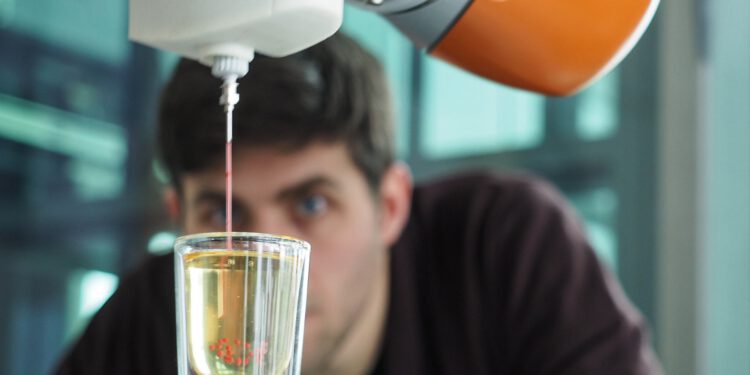Some scientists agree to place a black box on each robot, to track and explain its movements.
The same thing that planes have and that is used in the event of an accident to determine what has happened. A black box is an element that has also been raised as a possibility for robots. After all, yes the machines will gradually gain skills they will have greater responsibilities. Why not have a way of knowing why they have acted one way or another when things have not gone well?
This is basically the argument of those who defend the installation of a black box in each robot. It is a device that records all the decisions of the machine and can explain your actions in case of accidents. It has been proposed by a group of scientists during a specialized conference at the University of Surrey (southwest London).
The main theme of the event was to discuss the autonomy of robots that can operate without human control. And is that there are many machines whose autonomy leaves doubts about safety. Autonomous cars, assistant robots or nurses are some examples. How can we leave tasks in the hands of a machine that, if done wrong, would have harmful consequences for humans?
We must not forget some of the recent controversies over autonomous systems. In May of last year a driver of a Tesla Model S he died in an accident with the ‘Autopilot’ running. Subsequently, an investigation concluded that this function was not to blame for the accident, but the doubt remains there.
If an ethical black box was installed on each robot, it could register ar the information received from your sensors, such as cameras, microphones and radars or lidars. And you could tell, based on this data and the decisions made by the machine, what has gone wrong. The ultimate goal is not to repeat a mistake that can be dangerous for people.
Scientists in favor of black boxes argue that this is one of the reasons why airplanes are so safe. It is not only thanks to a careful and sophisticated design. There is also a strict certification process behind it. Y this process is fed back when there are accidents. That is when research, which is publicly disseminated, gives the keys to the causes and errors. Why not follow the same scheme with robots? This is the inquisitive question that these researchers ask themselves.
Images: pennstatenews, Ars Electronica









